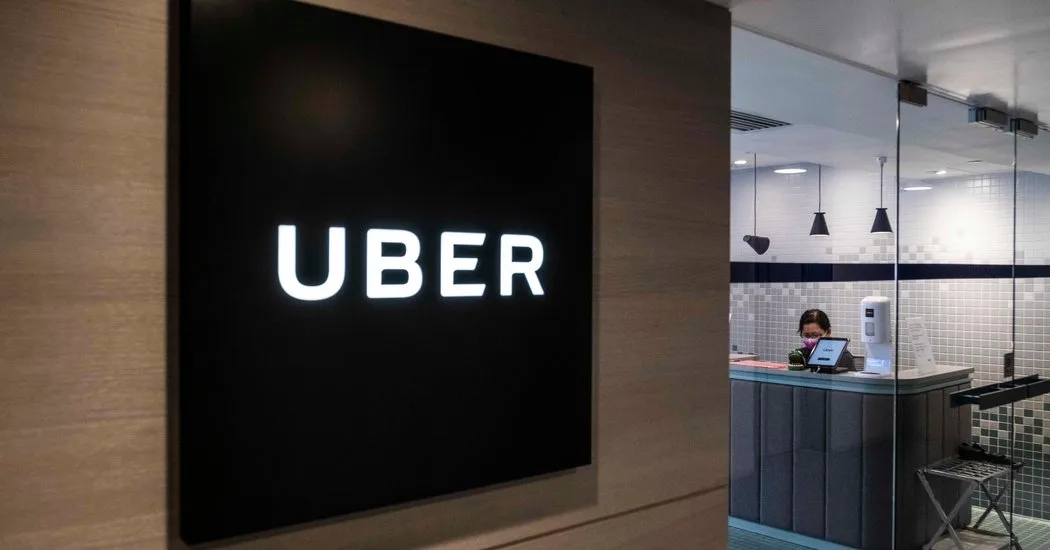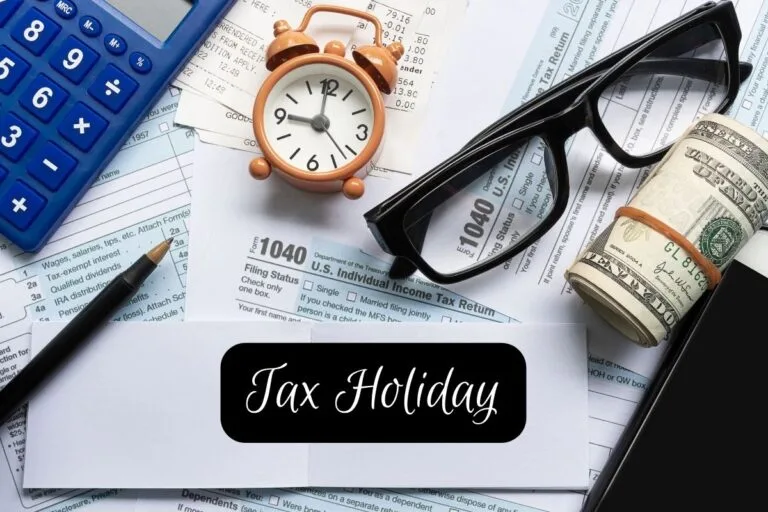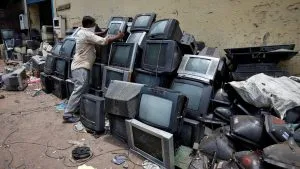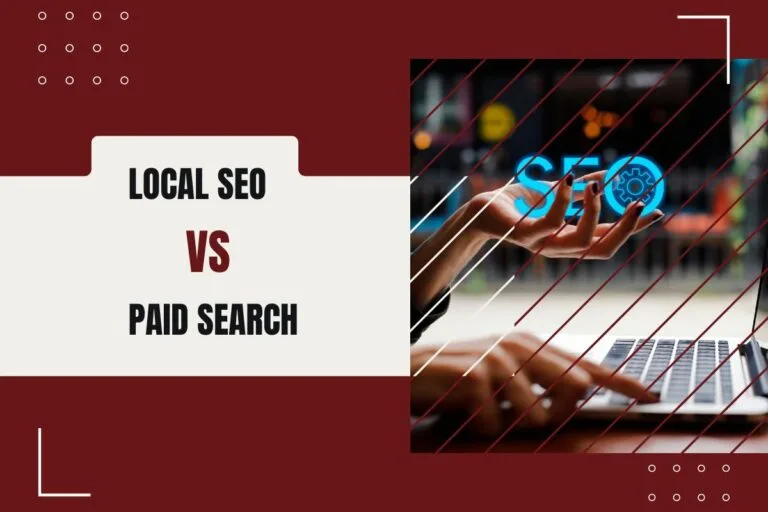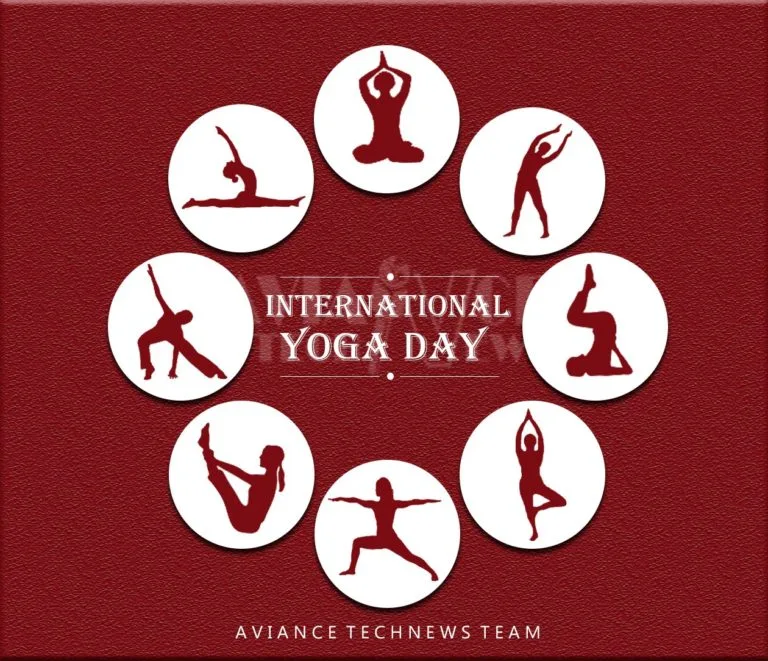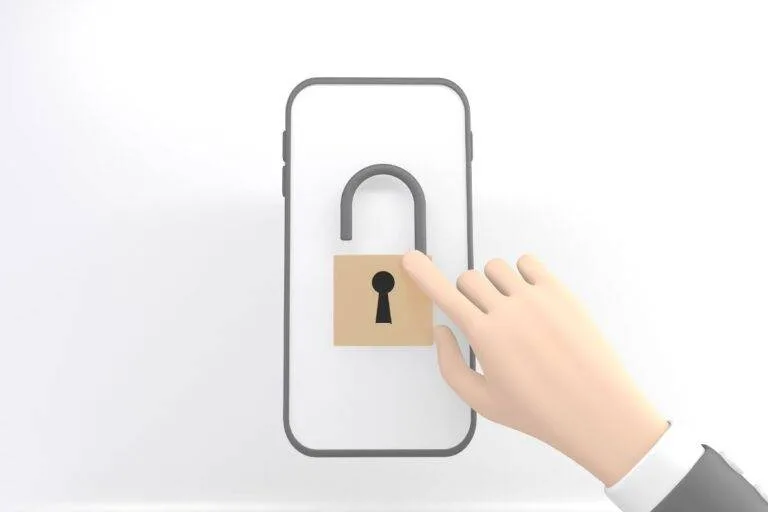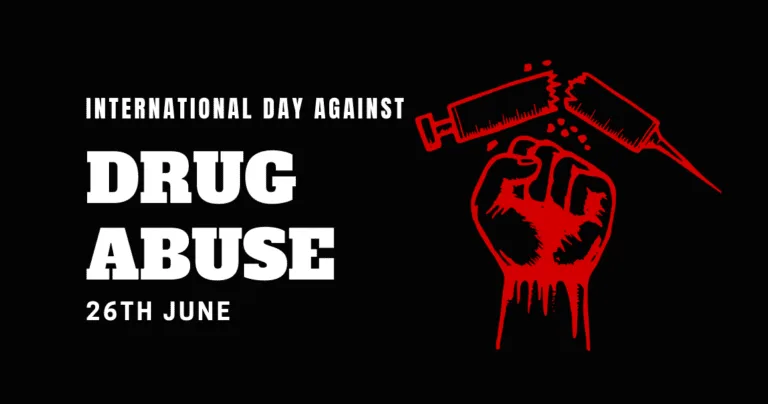[responsivevoice_button rate=”1″ pitch=”1.2″ volume=”0.8″ voice=”US English Female” buttontext=”Story in Audio”]
What Hong Kong’s Pandemic Experience Taught Uber About Other Cities
OAKLAND, Calif. — In late February, Uber executives were set to gather in San Francisco to form business plans for the year as the coronavirus steadily spread beyond China. While some executives who were initially invited had been told to stay home, the remaining few huddled at Uber’s headquarters to make plans for the inevitable pandemic.
One of them, Susan Anderson, who managed Uber’s business in Australia, New Zealand and North Asia, delivered bad news: In Hong Kong, Uber trips had declined rapidly as the coronavirus took hold.
“People were tracking what the rate of the virus spread was, and we saw that translate into a drop in trips pretty early on,” Ms. Anderson recalled in an interview. “It became obvious that this was not going to be contained.”
Months later, Uber is facing its greatest crisis: keeping the ride-hailing business afloat when many people are still staying home. Coronavirus totals in the United States, Uber’s highest-revenue market, continue to grow, challenging cities and local businesses that are trying to reopen. And rides, not surprisingly, are only haltingly returning to a semblance of what they were.
Hong Kong, on the other hand, has recovered from the pandemic faster than most other cities where Uber operates. The outbreak has been less severe there than in the United States, and many commuters have gone back to work. Although Uber’s business in Hong Kong is small and doesn’t generate much revenue, the foothold gave the company a preview of how quickly its business would slip away during the pandemic — but also a best-case example of what its recovery elsewhere could look like.
At first, drivers were reluctant to get back behind the wheel. Commuters returned to Uber once restrictions were lifted, while infrequent riders didn’t. Hong Kong also provided a testing ground for new virus safety features, like facial recognition software to detect whether drivers were wearing masks, before they were introduced globally.
The city began lifting restrictions in February, but a second wave of cases in March caused another dip in rides — a sign of the unsteady recovery that Uber is likely to see in the United States.
“If the world looked like Hong Kong, we would be in great shape,” Uber’s chief executive, Dara Khosrowshahi, said during a March call with financial analysts. At the peak of the outbreak in Hong Kong, rides declined 45 percent, Uber said.
In major U.S. cities, Uber rides dropped as much as 80 percent. On average, they had begun to recover about 12 percent last month, the company said. The recovery in Hong Kong has been stronger, with business up 70 percent from its lowest point.
There were signs of recovery in states that began reopening, like Georgia, where business was up 43 percent, and Texas, up 50 percent. But those states are starting to see virus numbers spike, and Uber’s experience in Hong Kong suggests that a downturn in business is likely to follow.
“It’s been very beneficial for us having a presence here,” Ms. Anderson said of Hong Kong. “It’s given us a few more weeks to understand what this might look like.” She added, “There are some things that are going to hold globally true, and some things that really need regional tailoring.”
Some safety measures, like providing sanitizing products to drivers, became part of Uber’s global plans. After Hong Kong commuters returned to Uber more quickly than casual riders, the company increased its promotion of its commuting services.
One safety measure that might prove difficult to replicate in some parts of the United States is the acceptance of masks. In Hong Kong, wearing a mask is a commonly accepted way to avoid the spread of a virus. It made Hong Kong an ideal place for Uber to test its mask requirements and mask-detection software before rolling them out in the United States.
In May, Uber began to require masks for drivers and passengers in the United States, but the simple act of asking people to put on a mask has become contentious. In Australia, public health officials did not recommend masks, so Uber did not require them there.
Because of its history of dealing with virus outbreaks, including the SARS outbreak in 2003, residents of Hong Kong are acutely aware of the risks.
Gary Yau, an Uber driver in Hong Kong, stopped accepting passengers in January because he was worried about catching the coronavirus and infecting his wife and infant son. Now he picks up for or five passengers a day. He finally felt comfortable reopening his Uber app after offices reopened, while some social distancing regulations and border closures remained in effect.
Riders are starting to come back, too. In addition to the return during commute hours, Uber has seen an uptick in local tourism, Ms Anderson said. “A lot more people on weekends use Uber to go out to the hiking trails and the beaches in the outskirts of Hong Kong,” she said.
But in some ways, Hong Kong has always been an anomaly for Uber. The city has efficient subway and bus systems, which have become full again in recent weeks. Its widely used taxi service, which has its own app with card payment and bilingual features, costs less than Uber. The city has also seen sustained pro-democracy protests.
Those who use Uber are often looking for a more comfortable alternative to standard taxis. Ride sharing is not legal in Hong Kong, and 28 Uber drivers were arrested in sting operations in 2017 and fined for driving without limousine permits in 2018.
Uber started a campaign calling for the legalization of ride sharing in Hong Kong after announcing in March that it intended to move its Asia Pacific headquarters there, arguing that the move would create jobs for locals as the city’s economy recovered from the pandemic.
Despite the regulatory challenges in Hong Kong, Uber has seen steeper ride-hailing declines in the United States. In the months after the February leadership meeting, Uber’s business in larger markets all but vanished. By mid-March, its rides were down 70 percent in Seattle, and the outlook for the rest of the United States looked grim.
In May, the company was forced to drastically cut costs. It has laid off about 25 percent of its work force, sold its bike and scooter business, and pulled its food delivery service from some of the markets where it lost too much money.
As cuts have continued, Uber’s message of recovery has become increasingly urgent. After running advertisements in April urging riders to stay at home and avoid the risk of transmitting the virus, the company has shifted to encouraging consumers to take their “second first ride” — a return to a new Uber, one shielded by masks and social distancing rules for riders and drivers.
In some cities, reopening is well underway. But as in Hong Kong, it is likely to happen in fits and starts. A now-familiar cycle is playing out for Uber in Atlanta, which began to lift restrictions in mid-May.
“I have not logged in,” said J.D. Harrison, who drives for Uber in Atlanta and runs a mobile dog-grooming business. “I have no interest in logging in, just until I can guarantee myself I’m not at risk by doing this type of work.”
Kate Conger reported from Oakland, and Tiffany May from Hong Kong.















